North Sea Cycle Route - Edinburgh to St. Andrews
The old pier, St. Andrews
Ride overview
To have the thrill of riding across one of the great suspension bridges of the world, alone, without vehicles to ruin the fun, is pretty special. But then this journey through the Kingdom of Fife is rather wonderful too; providing you are not all ‘castled out’, there are many along the way, all of which demand your attention. Robert Bruce would be pleased if you were to pop by his resting place in Dunfermline Abbey. The day ends at the ‘home of golf’ although whether you’ll have the energy to play a round after the ride through the Kingdom of Fife’s hills and forests is open to doubt.
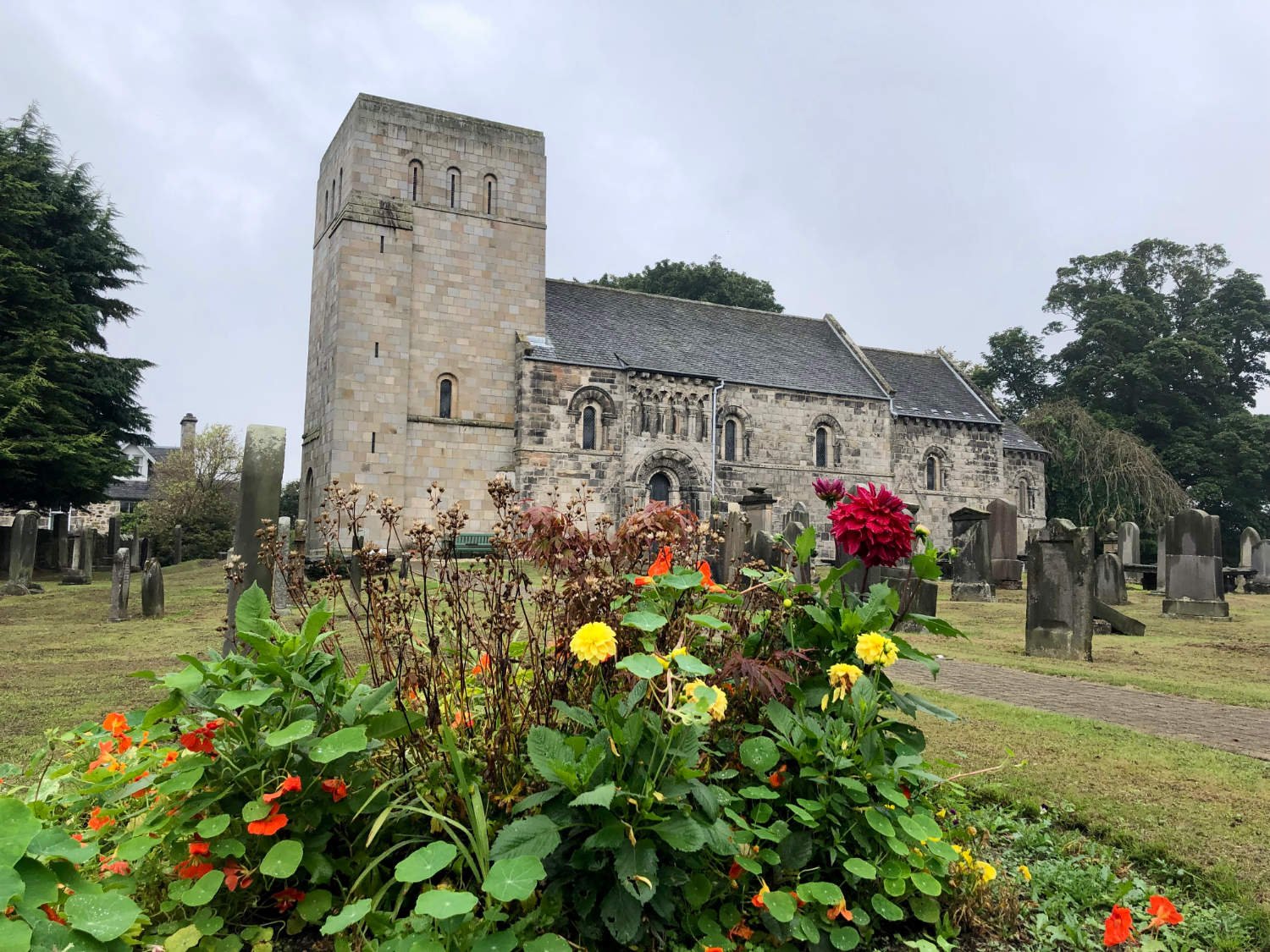
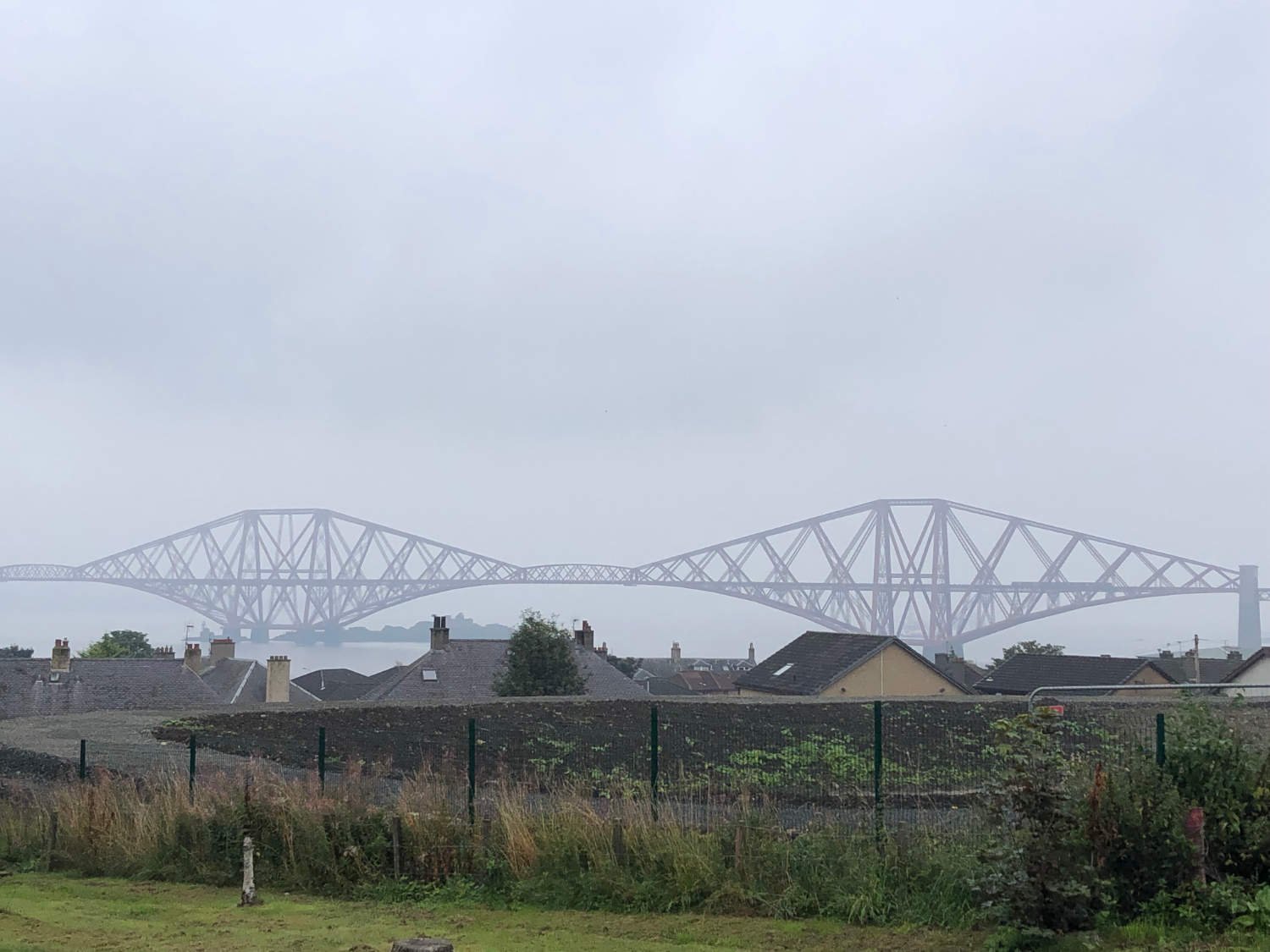
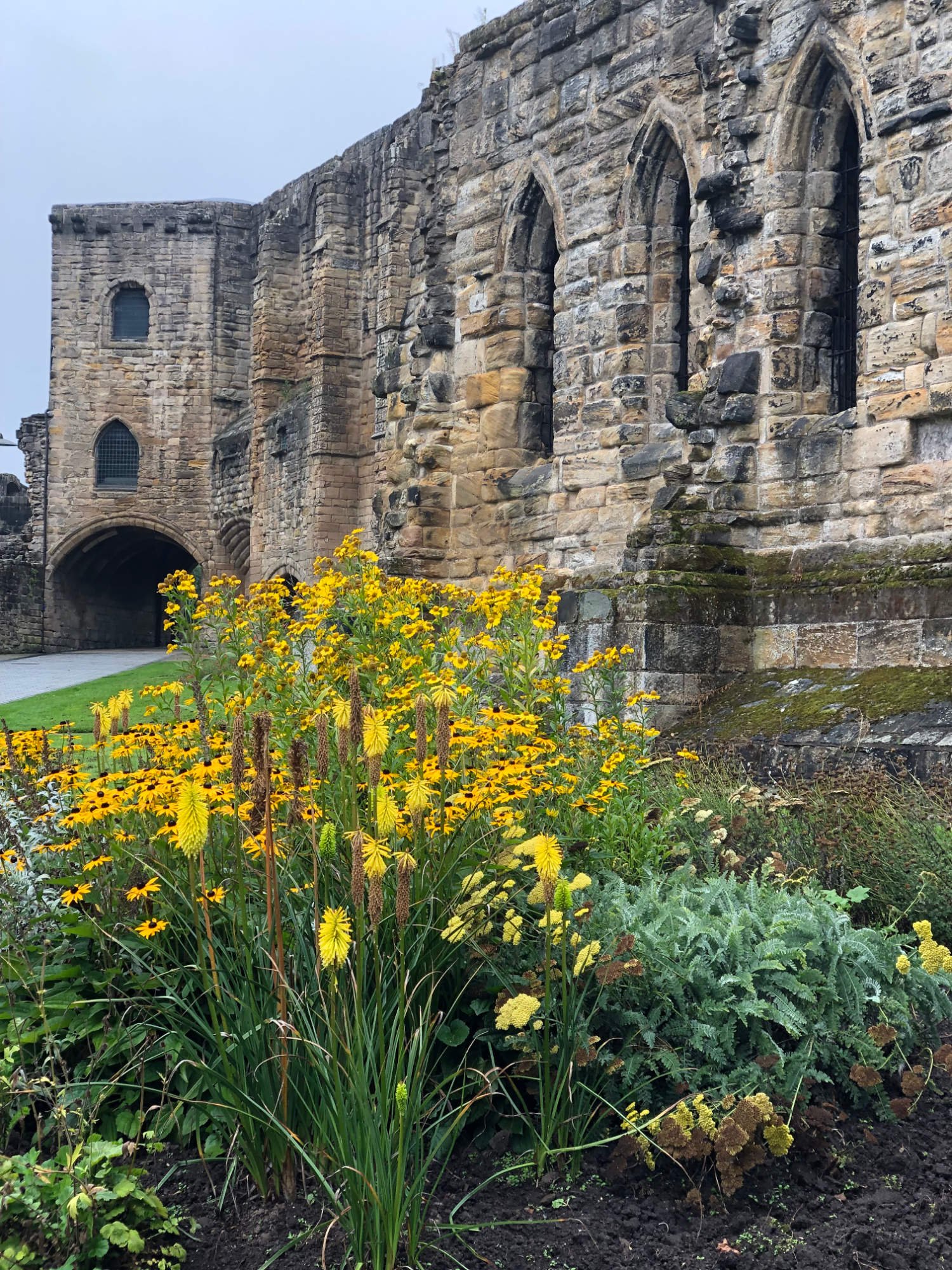
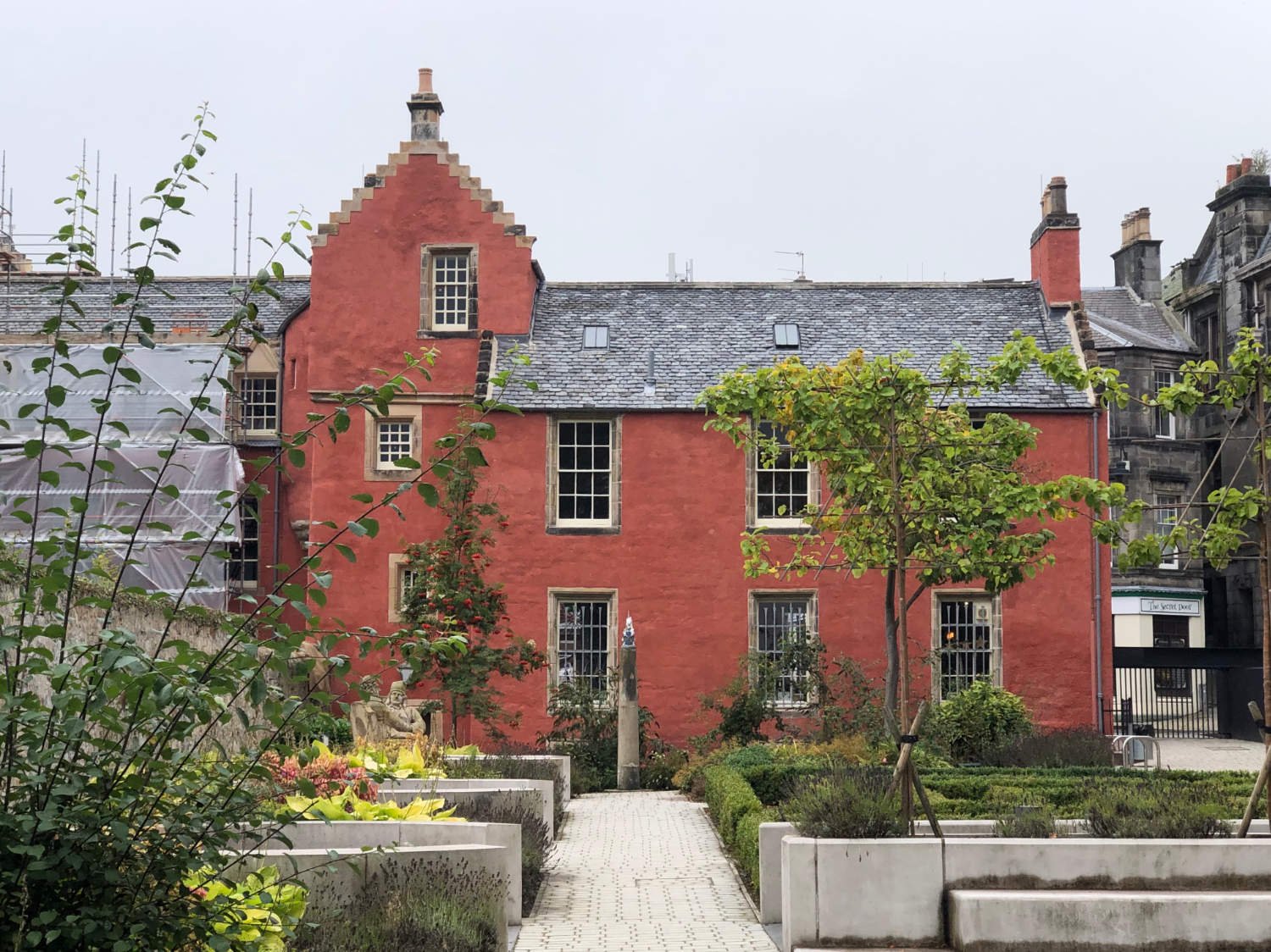
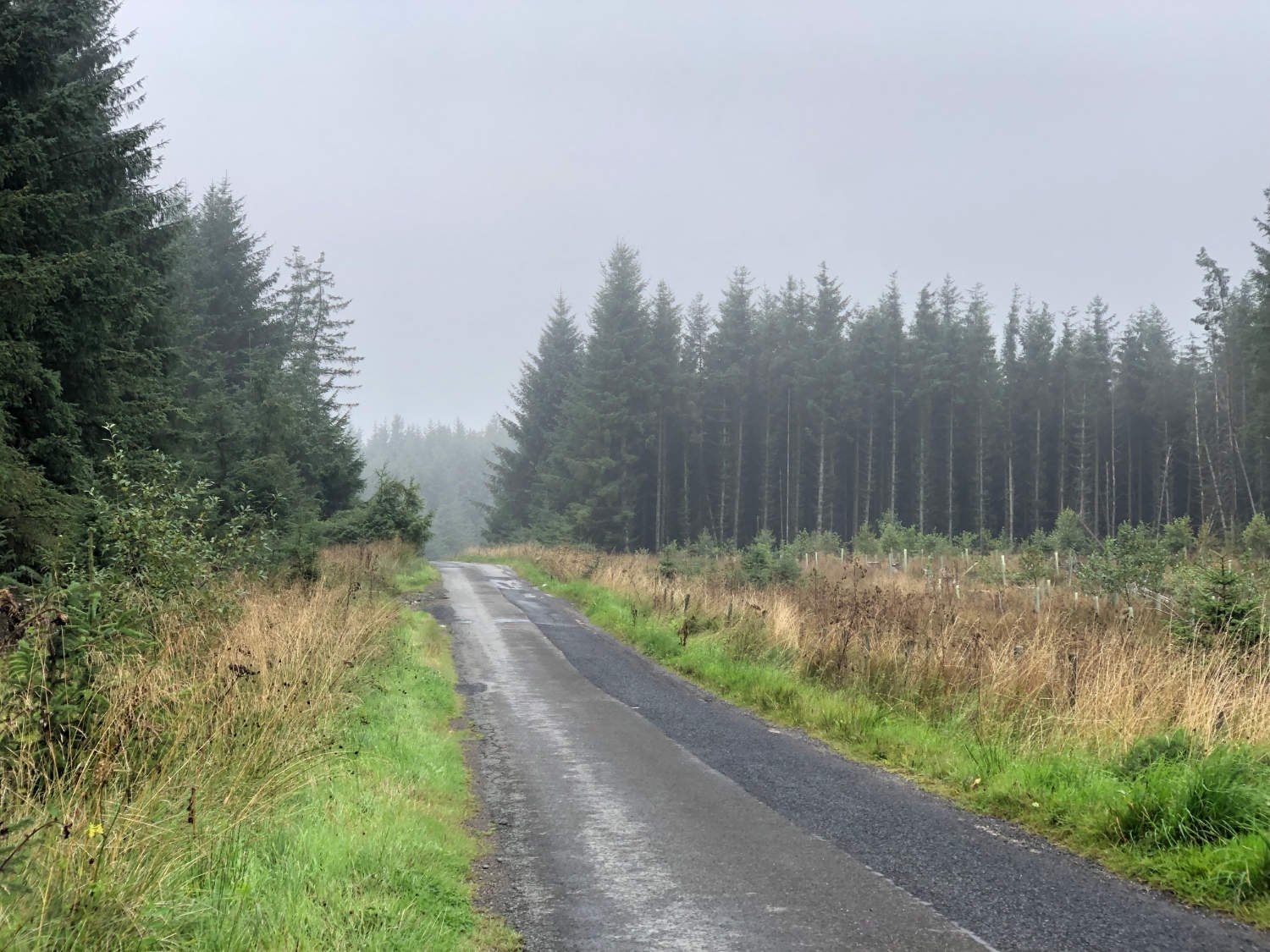


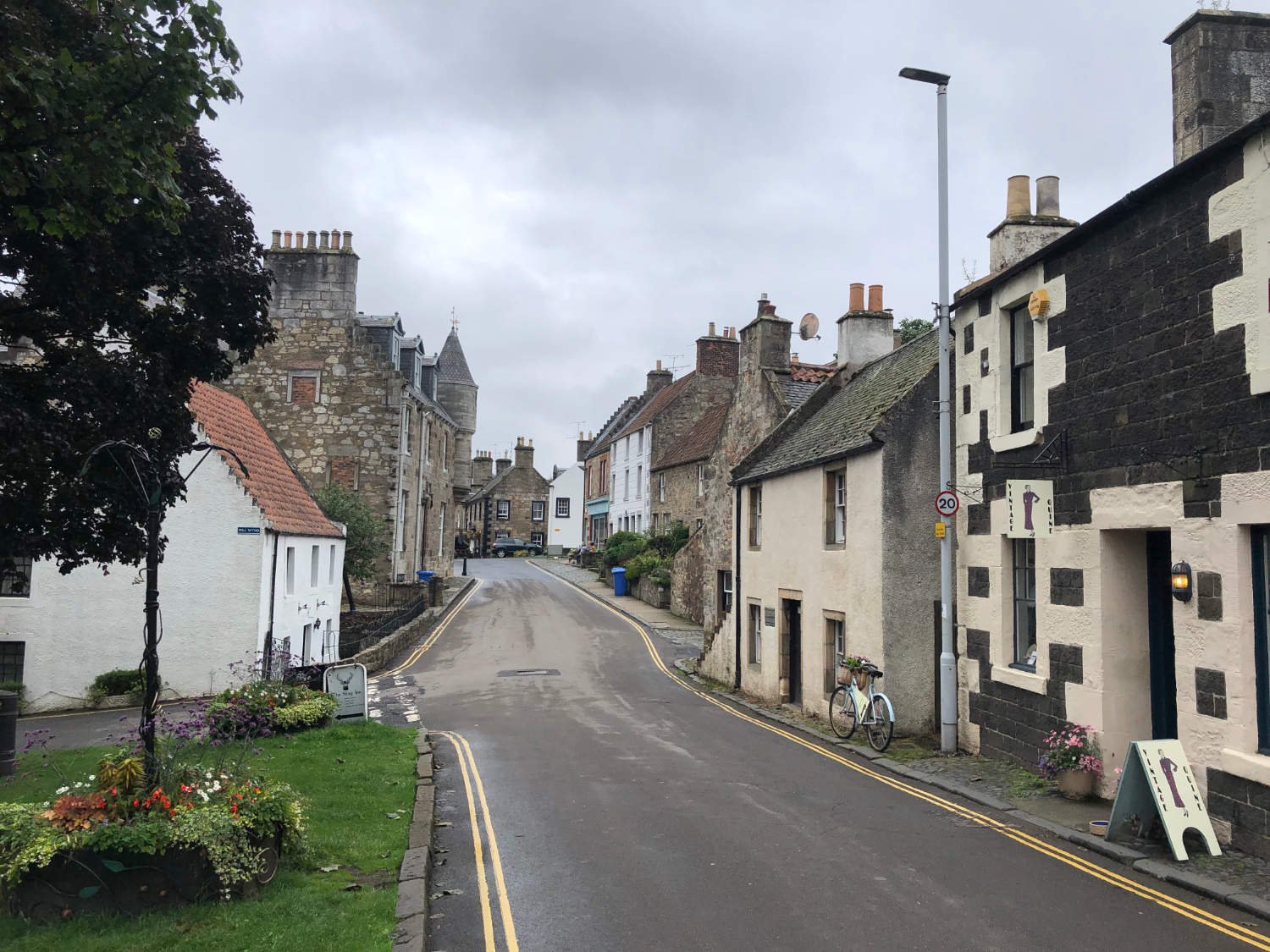
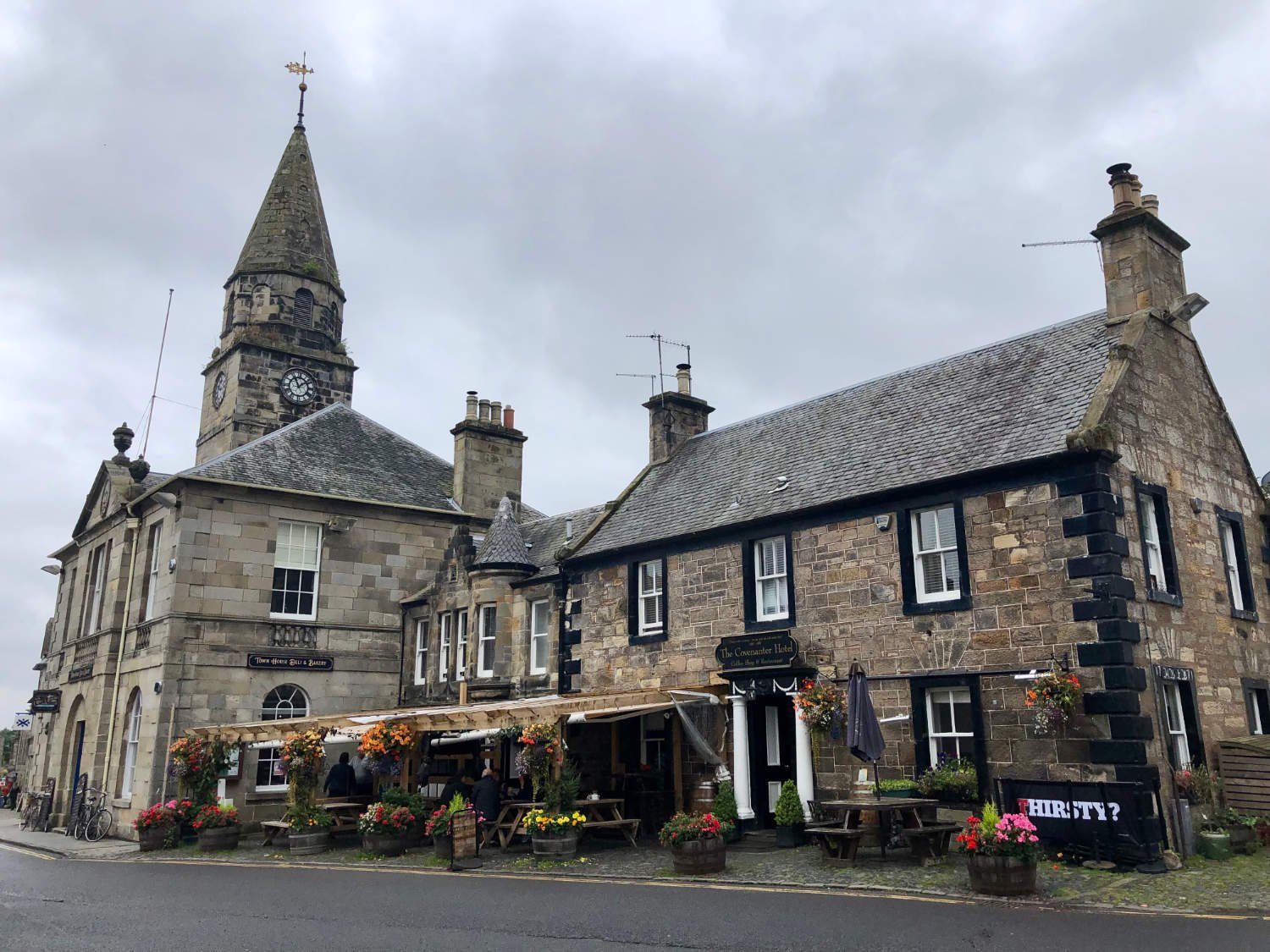
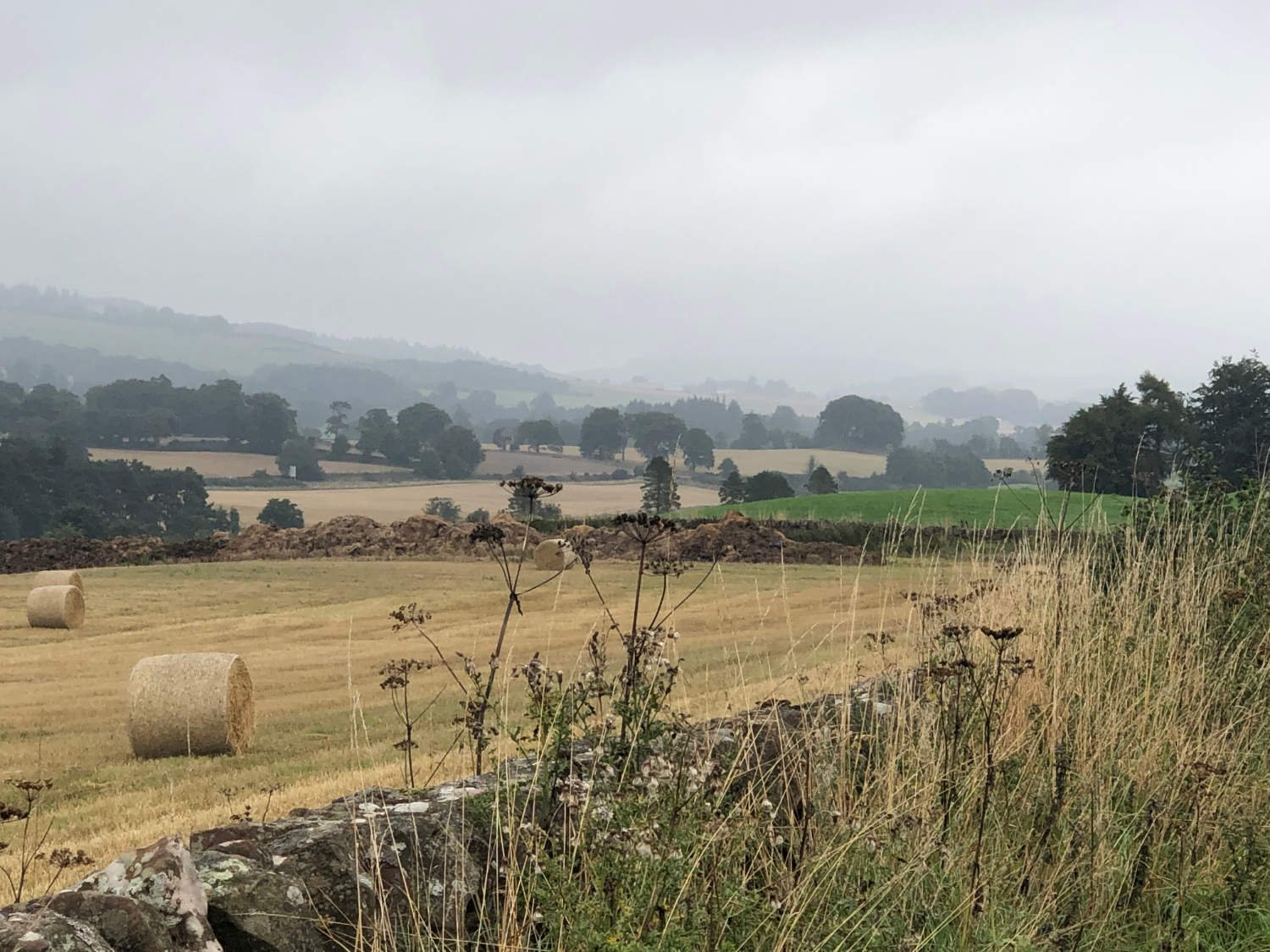
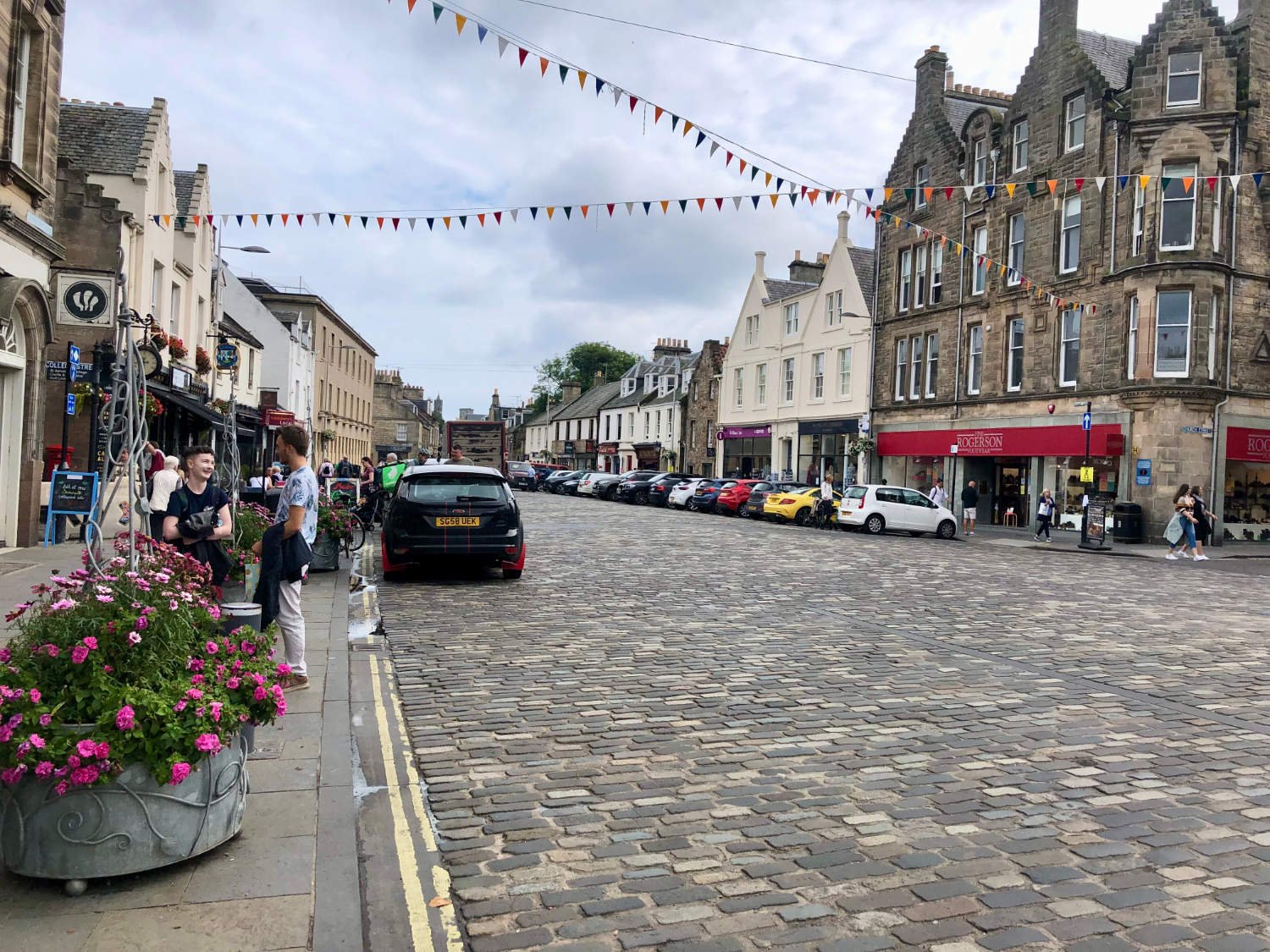
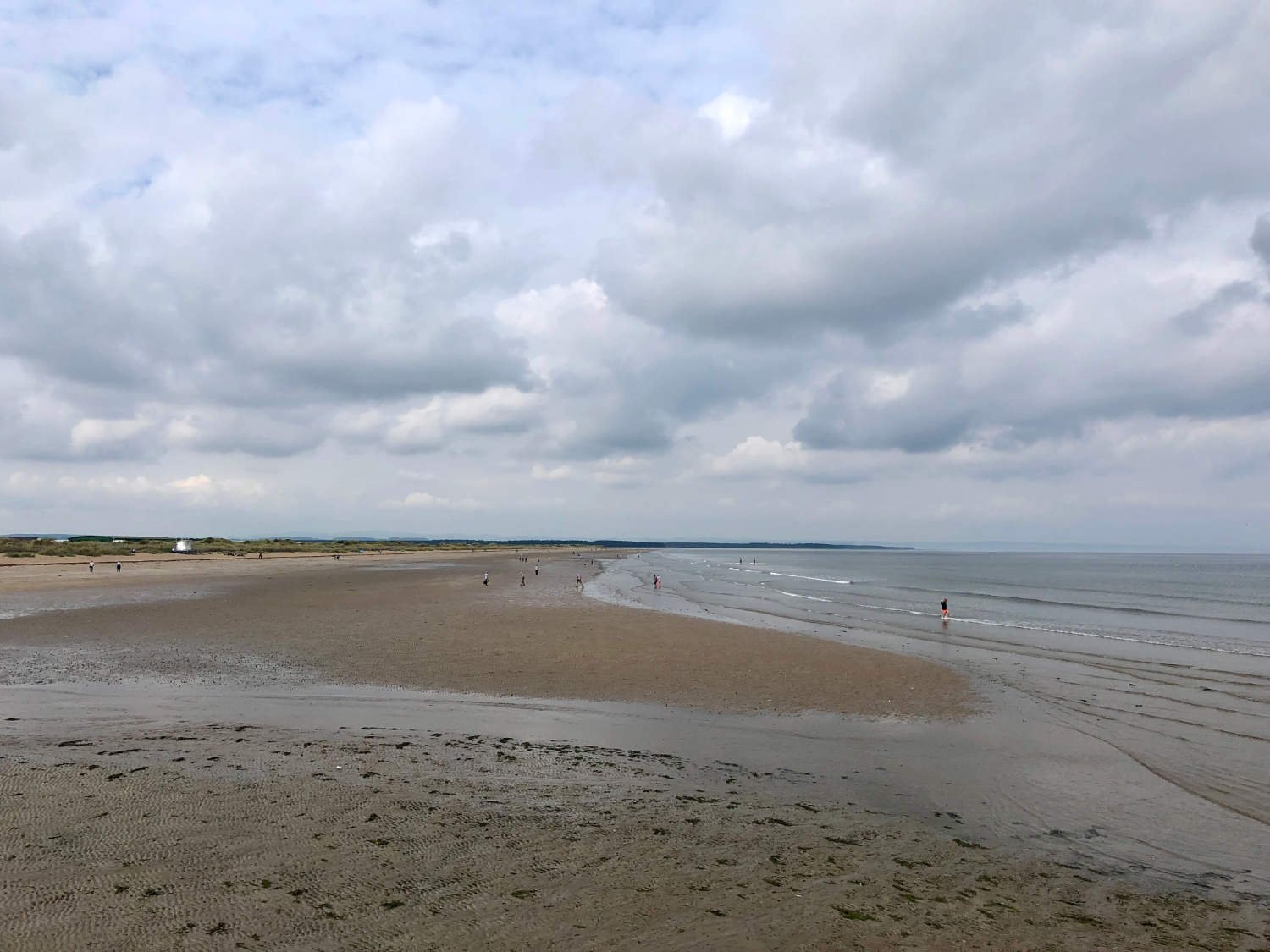
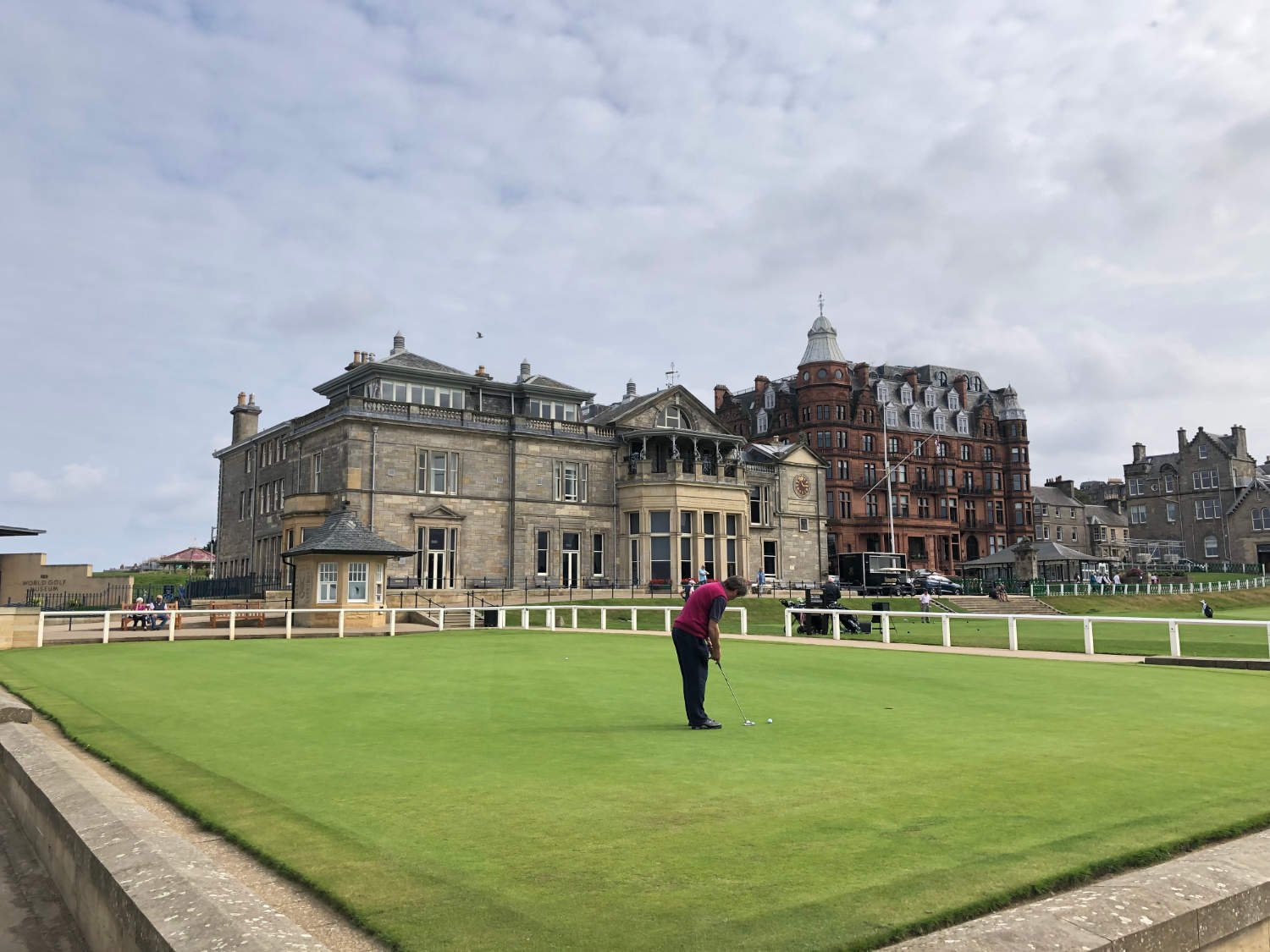
Ride Practicalities
The route is well signed throughout as NCN 1
START/FINISH: Edinburgh/St. Andrews DISTANCE: 114km TOTAL ASCENT:1148m TERRAIN AND SURFACES: quiet country lanes, several quiet B roads and good bike lanes out of Edinburgh RECOMMENDED CAFÈS/PUBS/ACCOMMODATION: Loch Leven; Loch Leven’s Larder, Falkland; The Covenanter Hotel, St. Andrews; The North Point Cafe There are plentiful opportunities on the route to seek your own places and note them in the ‘comments’ section below. Accommodation in St. Andrews ranges from student accommodation in University Halls (outside term time) to 5 star hotels NEARBY MAINLINE TRAIN SERVICES: Dunfermline. There’s an electric bus service between Edinburgh and Dundee stopping at Kinross. The service transports bikes. PLACES TO VISIT; Dunfermline Abbey, Loch Leven Castle, Falkland Palace, St. Andrew’s Castle LINKS TO OTHER RIDES: NCN1 stage 14, Stage 16
Ride Notes
The Great Bridges of the United Kingdom Series continues with a unique ride across the Firth of Forth. Unique, in that one of the world’s great suspension bridges now only carries cyclists and pedestrians. Vehicles are no longer permitted - they have their own spanking new bridge. However, despite this attraction, the main show is the monumental Forth Rail Bridge, a little way to the East and one of the world’s first structures to be built using steel, of which 55,000 tons were used during the seven years it took to build. It is one of the world’s most recognisable bridges and is a UNESCO World Heritage site.
`Dunfermline Abbey
The next few miles will not trouble you culturally, nor will they please the eye as you ride on cycle lanes (Scotland is way ahead of England in its provision of active travel infrastructure),through the suburbs of Inverkeithing, Rosyth, Pitcorthie and Dunfermline. There is the option of turning into Dunfermline to visit the Abbey and Palace. Should you not wish to see the splendid Norman Abbey, the tombs of Robert the Bruce (you visited his heart a couple of days ago) and Saint Margaret as well as an attractive historical city centre, then continue ahead on the sign-posted NCN 1. The deviation into town re-joins the official route 1km up the road.
Once clear of Dunfermline, the ride begins to become more stereotypically Scottish; that is to say there are craggy hills, rough pasture, moorland, and narrow roads empty of traffic. And swathes of dark and silent spruce forests.
Lock Leven Woods
Loch Leven may be small by Scottish loch standards, but it is the largest of the Southern Lochs. It has played a mighty part in the country’s history, for in the loch’s centre is an island. Some took the boat across the water of their own free will, others not. One of the those in the latter camp included Mary Queen of Scots. During her year of imprisonment on the island, she not only miscarried the twins sired by her third husband the Earl of Bothwell, but also had to abdicate her throne in favour of her infant son James VI of Scotland and who was later to become James I of England. She managed to escape on 2nd May 1568, fleeing to England and onto the mercy of her cousin Queen Elizabeth I, who had her executed nineteen years later. Boats may ferry you across to the island castle, should you wish to break your journey here.
Between here and the day’s end at St. Andrews, there are plentiful re-fuelling stops. Riding on a firm gravel path around the Loch, you pass Loch Leven’s Larder, a farm shop and cafe priding itself on sourcing local foods. Next door is Loch Leven Cycles, who can do quick repairs. If the timing’s not right for a stop, there is the vegetarian cafe, The Pillars of Hercules, a little further on.
The Palace of Falkland
The next seventeen kilometres of riding are joyous as you contour around the Lomond Hills on designated ‘Quiet Roads’, (where pedestrians, cyclists, and horse riders are prioritised over vehicles), through forests and over the ‘Paps of Fife’ (paps being Scots for bosoms) to Falkland. The village of Falkland was Scotland’s first conservation area and is famous for its palace, which is one of the finest French-Renaissance buildings in Scotland. Built as a hunting lodge for the Royal Court, it lay in ruins for several centuries after a fire during the Cromwellian army’s occupation. The restoration began in the later part of the nineteenth century, and it is a jewel of place. In the village, which was used as a stand in for Inverness in the TV series Outlander, there are several places to eat, (and shelter from the rain) including The Covenanter Hotel.
The Palace of Falkland estate
The next thirty-five kilometres roll along pleasantly through a familiar agricultural landscape. The coast is re-joined at St. Andrews. This small town, the ‘home’ of golf, and home too, to an archbishop’s palace, a castle, and the third oldest university in the English-speaking world is one of the most remarkable places on the entire route. So much history, so much liveliness and so much rugged eastern Scottish beauty too, is crammed into this dear little town. One of the many traditions of the University is the Pier Walk, where at the start of the Academic Year hundreds of students in their red gowns, parade through the town and down the length of the pier. A smaller contingent do the same ever Sunday morning after church. Accommodation in town ranges from student rooms which are let out in the holidays, to five star golf hotels. Take your pick according to budget.
All the details given on this route are given in good faith. However, situations on the ground can change, so if you know of any access issues, closures, or have any thoughts and feedback on the route, please include them in the comments section below.
wheremywheelsgo.uk is a UK Cycling top 20 website




